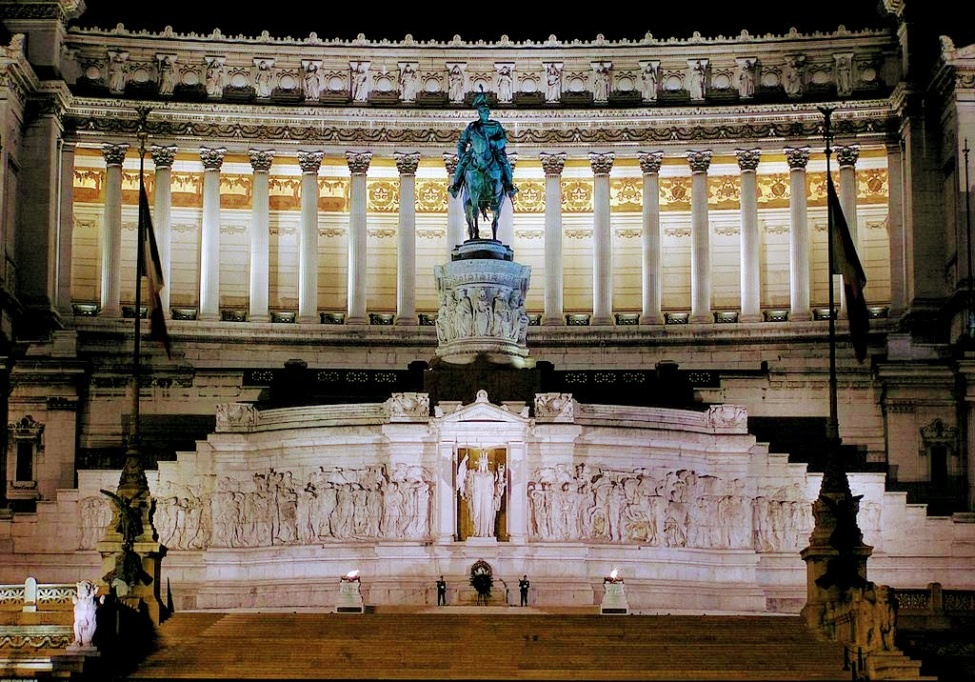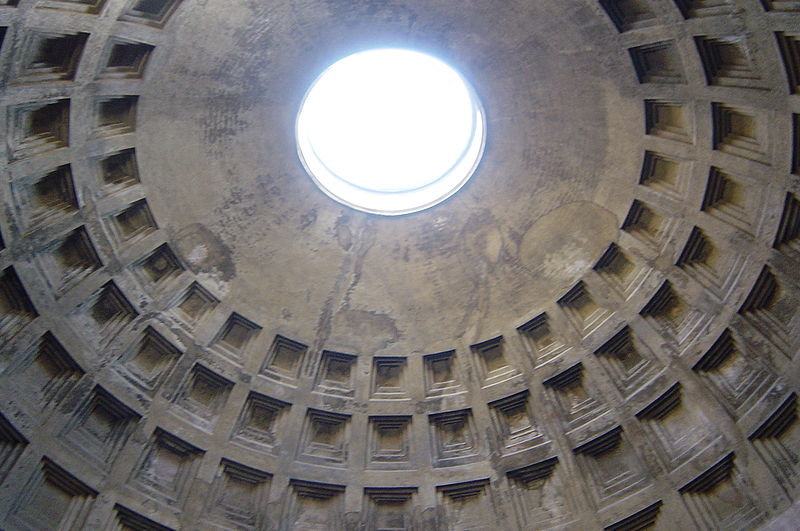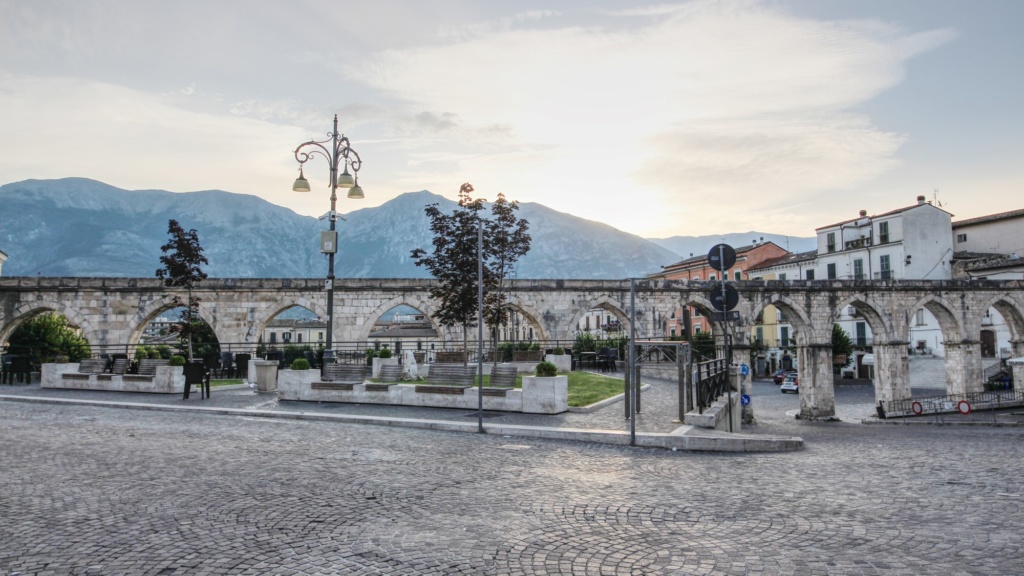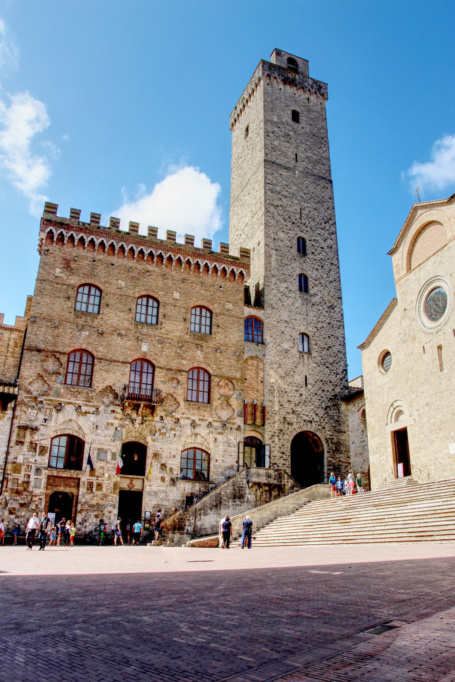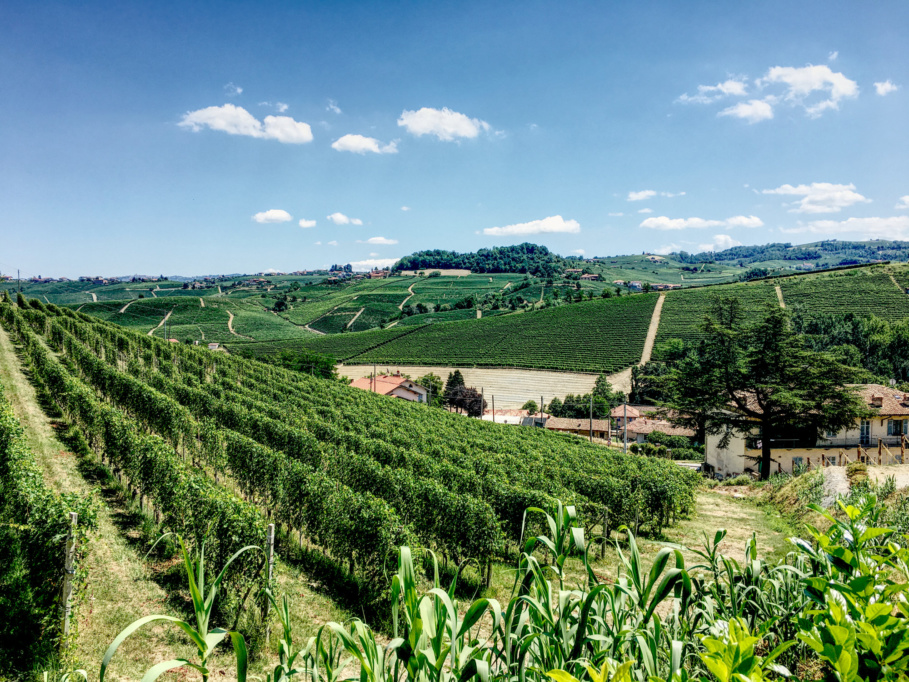Rome Italy Travel Guide - A Vagabond Life
Welcome to the eternal city of Rome, a captivating destination that seamlessly blends the ancient and the modern. As you embark on a journey through its storied streets, you’ll find yourself immersed in a tapestry of history, culture, and unparalleled beauty.
Rome, the capital of Italy, stands as a living testament to centuries of human civilization. Founded in 753 BC, the city served as the heart of the Roman Empire, an epicenter of power, art, and innovation. Today, its iconic landmarks such as the Colosseum, Roman Forum, and Pantheon stand as majestic remnants of a glorious past.
Wander through the cobblestone streets of the historic center, where each step reveals layers of history etched into the architecture. Marvel at the grandeur of the Vatican City, home to St. Peter’s Basilica and the Sistine Chapel, masterpieces that transcend time.
Beyond its ancient allure, Rome pulsates with a vibrant modern energy. Indulge in delectable Italian cuisine at quaint trattorias, sip espresso at lively cafes, and immerse yourself in the lively atmosphere of the city’s piazzas.
Whether you’re a history enthusiast, an art lover, or a curious traveler, Rome offers an enchanting blend of the past and the present. Join us on this journey through the ages, where every corner tells a story, and every moment is a glimpse into the enduring legacy of one of the world’s most captivating cities.
Rome Italy Map
How To Get To Rome Italy
Embarking on a journey to Rome is a seamless and well-connected experience, with various transportation options catering to travelers from around the globe.
Fly
Rome is served by two major international airports – Leonardo da Vinci-Fiumicino Airport (FCO) and Ciampino Airport (CIA). Fiumicino is the primary hub for international flights, while Ciampino predominantly handles budget airlines. Both airports offer efficient transportation links to the city center, including train services, buses, and taxis. The Leonardo Express train from Fiumicino provides a direct and speedy connection to Termini Station, Rome’s central railway hub, making it a convenient choice for many travelers. Ciampino, on the other hand, is well-connected by buses that take passengers directly to the city center and Termini Station.
Trains
Additionally, Rome’s central location in Italy ensures excellent connectivity by train. High-speed trains like the Frecciarossa and Frecciargento link major Italian cities to Rome, offering a comfortable and scenic journey through the picturesque landscapes of the country. Whether arriving by air or rail, once in Rome, an extensive network of buses, trams, and the metro make navigating the city and reaching its various landmarks a breeze. With these diverse transportation options, the journey to the eternal city is as enjoyable as the destination itself.
Getting Around Rome Italy
Navigating the enchanting streets of Rome is a delight with the city’s efficient and well-connected public transportation system.
Metro
Rome’s Metro, consisting of three lines (A, B, and C), effortlessly connects key landmarks and neighborhoods. The Metro is complemented by an extensive network of buses and trams, providing convenient access to every corner of the city. Visitors can opt for the integrated Roma Pass, which not only offers unlimited access to public transportation for a set number of days but also grants priority entry to some of Rome’s most iconic attractions, saving both time and money.
Walk
For those who prefer to explore the city at a leisurely pace, Rome’s historic center is remarkably walkable. Stroll through charming cobblestone streets, discovering hidden gems, lively piazzas, and local cafes. Renting a bike is another popular option, allowing visitors to cover more ground while enjoying the fresh air.
Taxis
Taxis are readily available, and ridesharing services operate throughout the city, providing a comfortable and convenient way to reach specific destinations. With a myriad of transportation choices, getting around Rome is not only efficient but also an integral part of the immersive experience of this timeless city.
Things To See & Do In Rome Italy
Vatican City
Embarking on a visit to Vatican City is a journey into the heart of religious and artistic heritage. Nestled within the city of Rome, Vatican City stands as the smallest independent state globally, encompassing a mere 44 hectares. Steeped in history, the Vatican traces its roots to the early Christian era, with the construction of St. Peter’s Basilica beginning in the 4th century. The Vatican became an independent city-state in 1929 through the Lateran Treaty, solidifying its status as the spiritual and administrative center of the Roman Catholic Church. Visitors are greeted by the iconic St. Peter’s Square, a grand space surrounded by a colonnade designed by Gian Lorenzo Bernini. The centerpiece is the Basilica, a masterpiece of Renaissance and Baroque art housing treasures like Michelangelo’s Pieta and the stunning dome designed by the artist himself.
The Vatican Museums, an extensive complex of galleries and halls, provide an unparalleled journey through centuries of artistic brilliance. From the awe-inspiring Sistine Chapel, adorned with Michelangelo’s transcendent frescoes, to the Raphael Rooms showcasing the genius of Renaissance painter Raphael, each corner resonates with the cultural richness of human history. The Vatican Gardens, a lush sanctuary within the city-state, offer a serene escape, and ascending to the top of the dome presents breathtaking panoramic views of Rome. A visit to Vatican City is a pilgrimage for art lovers, history enthusiasts, and those seeking a profound connection with the spiritual and cultural legacy of one of the world’s oldest institutions.
How To Buy Tickets To The Vatican
Securing tickets to the Vatican is a straightforward process, but it’s essential to plan ahead to make the most of your visit. To bypass long queues, it is highly recommended to purchase tickets online in advance through the official Vatican Museums website. The official website provides a user-friendly platform where visitors can select the type of ticket they need, whether it’s a standard entry or a guided tour. Additionally, various tour operators and travel agencies offer skip-the-line Vatican tours, combining ticket admission with insightful guided experiences. These options not only ensure a smoother entry but often grant access to exclusive areas and additional information from knowledgeable guides. It’s advisable to check the Vatican Museums’ official website for any updates on opening hours, special exhibitions, or events that might affect your visit. Planning ahead not only saves time but also guarantees a more enriching experience in exploring the Vatican’s extraordinary art and historical treasures.
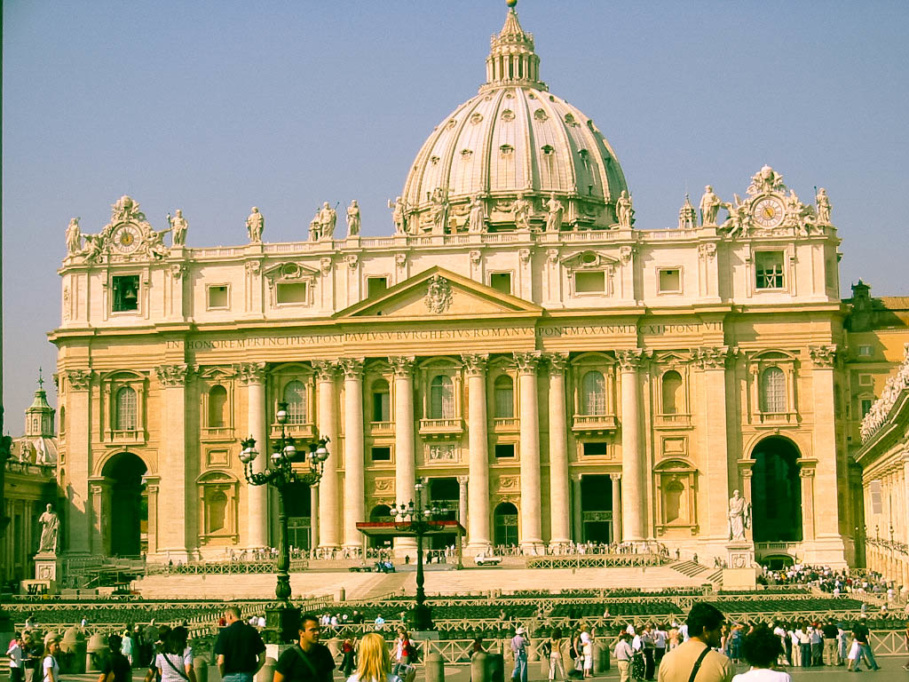
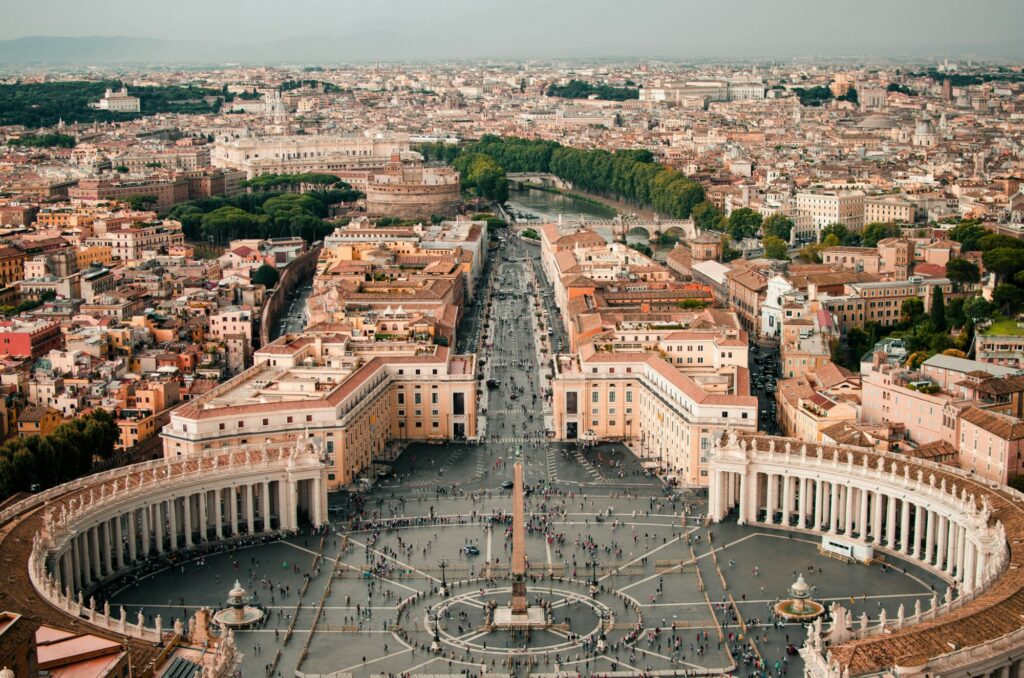
Colosseum
The Colosseum, an iconic symbol of ancient Rome, stands as a testament to the grandeur of Roman engineering and the enduring legacy of the Roman Empire. Completed in 80 AD under Emperor Titus, this colossal amphitheater was primarily designed for gladiatorial contests and public spectacles such as animal hunts and mock sea battles. Seating around 50,000 spectators, the Colosseum was a marvel of its time, featuring a complex system of underground tunnels and chambers that housed animals, gladiators, and elaborate stage sets. The elliptical structure with its towering arches and columns reflected the architectural prowess of the Romans, showcasing their ability to create monumental public spaces that have stood the test of time.
Throughout its history, the Colosseum has weathered earthquakes, fires, and the passage of centuries. Originally named the Flavian Amphitheatre, it earned the nickname “Colosseum” due to the colossal statue of Nero that once stood nearby. Today, this ancient marvel attracts millions of visitors who marvel at its imposing ruins and ponder the historic events that unfolded within its walls. A symbol of both grandeur and the human cost of entertainment in ancient Rome, the Colosseum continues to be a captivating testament to the rich history and cultural significance of the Roman Empire.
How To Buy Tickets To The Vatican
To experience the awe-inspiring Colosseum in Rome, it’s wise to plan your visit and secure tickets in advance. The most convenient way to purchase tickets is through the official website of the Colosseum and Roman Forum, where you can choose from various ticket options, including standard entry and guided tours. Booking online allows you to skip the long lines and ensures a smoother entrance to this ancient wonder. Additionally, combined tickets often provide access to the nearby Roman Forum and Palatine Hill, offering a comprehensive exploration of Rome’s archaeological treasures. Visitors can also opt for guided tours offered by reputable tour operators, providing insightful commentary and historical context during the visit. Keep in mind that the Colosseum is a popular attraction, so it’s advisable to check for availability and book tickets well in advance to make the most of your experience exploring the iconic amphitheater and delving into the rich history it represents
Trevi Fountain
The Trevi Fountain, a masterpiece of Baroque artistry, stands as a mesmerizing testament to Rome’s rich history and cultural legacy. Completed in 1762 by architect Nicola Salvi, the fountain is a triumphant display of sculptural grandeur nestled at the junction of three roads, or “tre vie,” from which it takes its name. The central figure of Oceanus, astride a chariot drawn by seahorses and tritons, captures the essence of the sea’s power. The elaborate sculptures and cascading water create a dynamic spectacle, symbolizing the various moods of the ocean. Tradition holds that tossing a coin over the left shoulder into the fountain ensures a return to Rome, a ritual that draws millions of visitors annually and contributes to the preservation and restoration efforts of this iconic landmark. As a dazzling fusion of art, architecture, and mythology, the Trevi Fountain remains a symbol of timeless beauty and a must-see destination for those exploring the heart of the Eternal City.
How To Get To The Trevi Fountain
The Trevi Fountain is located in the Quirinale district of Rome, Italy. Its specific address is Piazza di Trevi, 00187 Rome, Italy. The fountain is situated in the historic center of Rome, not far from other notable landmarks such as the Pantheon and the Spanish Steps. Visitors can easily reach the Trevi Fountain by walking through the charming streets of Rome or using public transportation, as it is a central and well-connected part of the city.
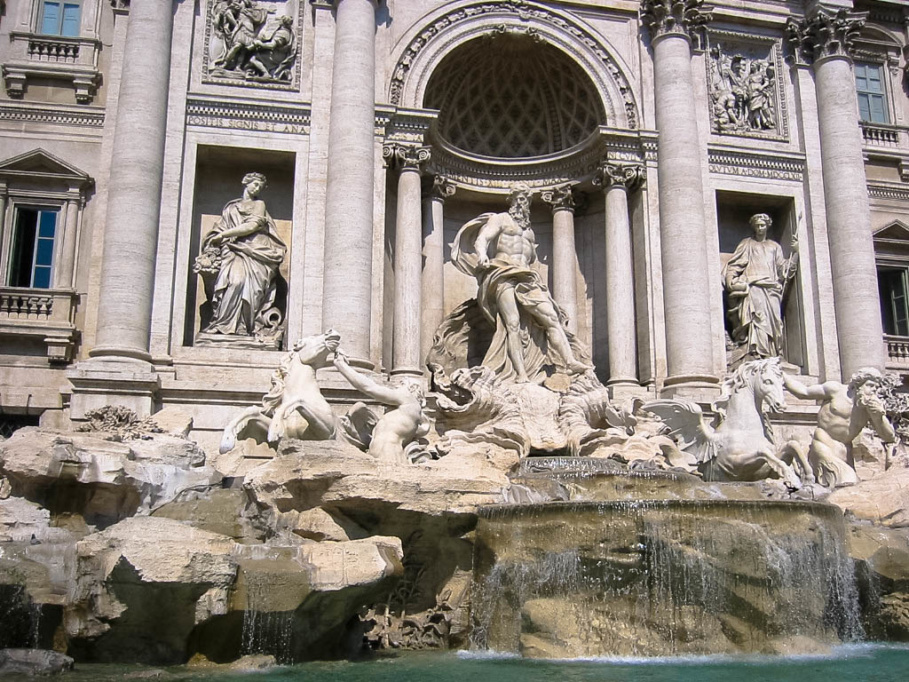
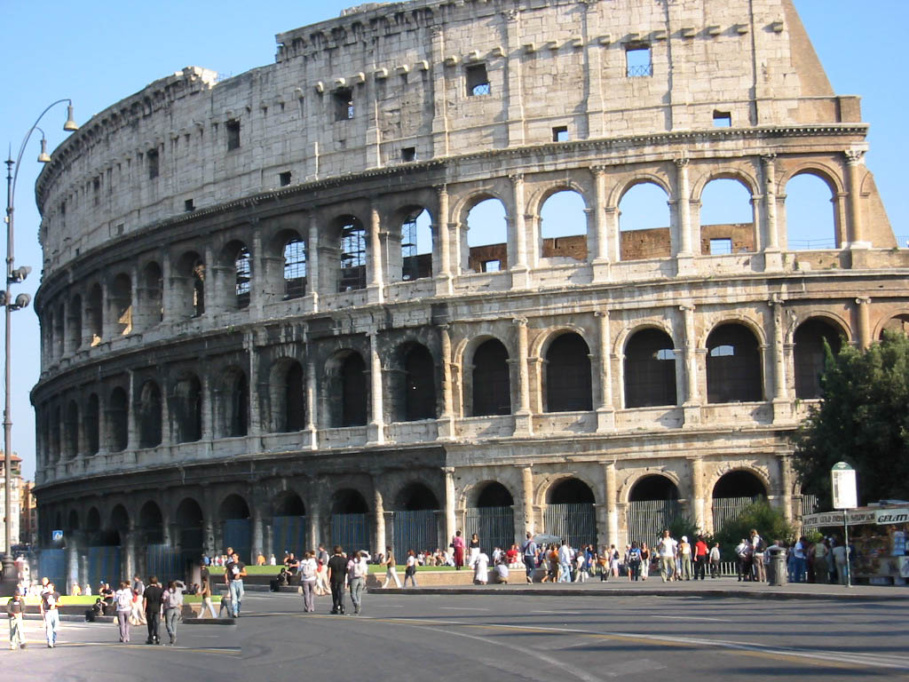
Roman Forum
The Roman Forum, also known as the Forum Romanum, is a sprawling archaeological site in the heart of Rome that serves as a captivating window into the political, religious, and social life of ancient Rome. Originally a marketplace, the Forum evolved into the city’s central hub, surrounded by important government buildings, temples, and bustling public spaces. The site witnessed centuries of transformation, with structures such as the Temple of Saturn, the Basilica Julia, and the Arch of Septimius Severus contributing to its architectural richness. The iconic Curia Julia, once the Senate House, and the Rostra, a platform for public speeches, are remnants of the political significance ingrained in the Forum’s history. Amidst the ruins, one can envision the grand processions, political debates, and religious ceremonies that animated this space. As the epicenter of Roman life, the Roman Forum remains an extraordinary archaeological treasure, offering visitors a glimpse into the city’s storied past and the enduring legacy of one of the world’s greatest civilizations.
How To Get To The Roman Forum
The Roman Forum is conveniently located in the heart of Rome, making it easily accessible for visitors. Depending on your starting point, there are several transportation options available.
If you’re in the city center or near popular attractions like the Colosseum, you can simply walk to the Roman Forum. The Roman Forum is situated between the Palatine Hill and Capitoline Hill, and it’s a short walk from landmarks like the Colosseum and Piazza Venezia.
If you’re using public transportation, you can take the Metro (Line B) and get off at the Colosseo station, which is a short walk from the Roman Forum. Additionally, numerous bus lines serve the area, and buses are a convenient mode of transportation within Rome.
Taxis and rideshare services are also readily available throughout the city and can drop you off near the Roman Forum. If you’re coming from a more distant location, consider taking a taxi or rideshare for a convenient and comfortable journey.
Regardless of your mode of transportation, once you’re in the vicinity, follow the signs and crowds toward the Roman Forum. Its central location and proximity to other major landmarks make it a focal point for both locals and tourists, ensuring that you’ll find your way easily.
Castel Sant'Angelo
The Castel Sant’Angelo, perched majestically on the banks of the Tiber River, stands as a timeless sentinel to the rich history of Rome. Originally commissioned by the Roman Emperor Hadrian as a mausoleum for himself and his family in the second century AD, the structure evolved over the centuries to serve various purposes. Its cylindrical design and iconic statues, including the renowned angel statue on its pinnacle, contribute to the castle’s distinctive silhouette. In medieval times, the fortress was repurposed as a defensive stronghold for the popes, connected to the Vatican City by a fortified corridor, the famous Passetto di Borgo. The Castel Sant’Angelo has witnessed centuries of tumultuous events, serving as a refuge, prison, and papal residence. Today, it stands as a museum, offering visitors a captivating journey through its storied past, featuring historical artifacts, Renaissance paintings, and panoramic views of the city from its battlements. This architectural marvel embodies the resilience and adaptability of Rome’s monuments, making it a must-visit destination for those eager to explore the layers of history woven into the fabric of the Eternal City.
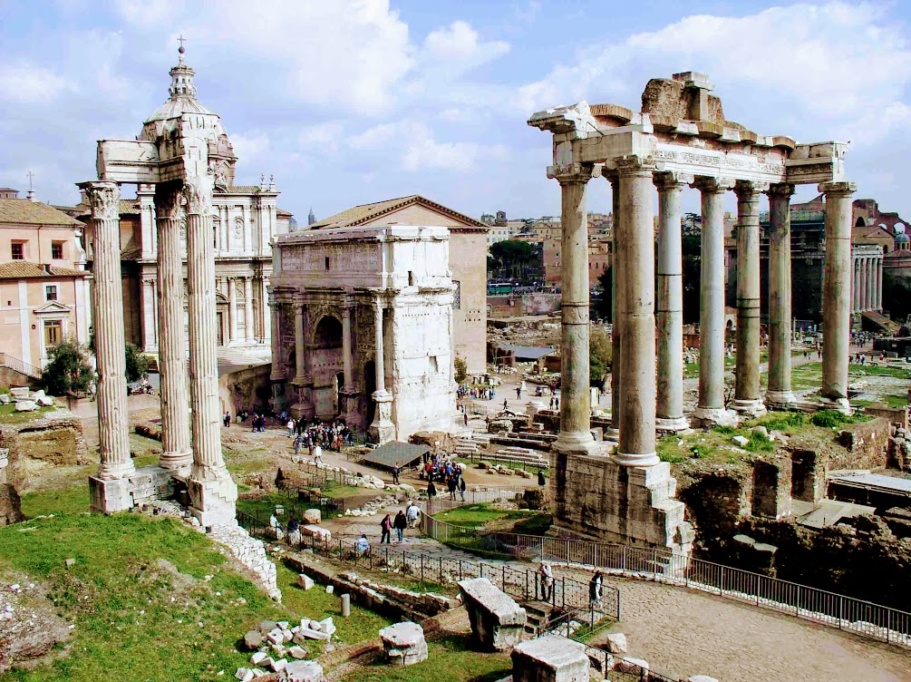
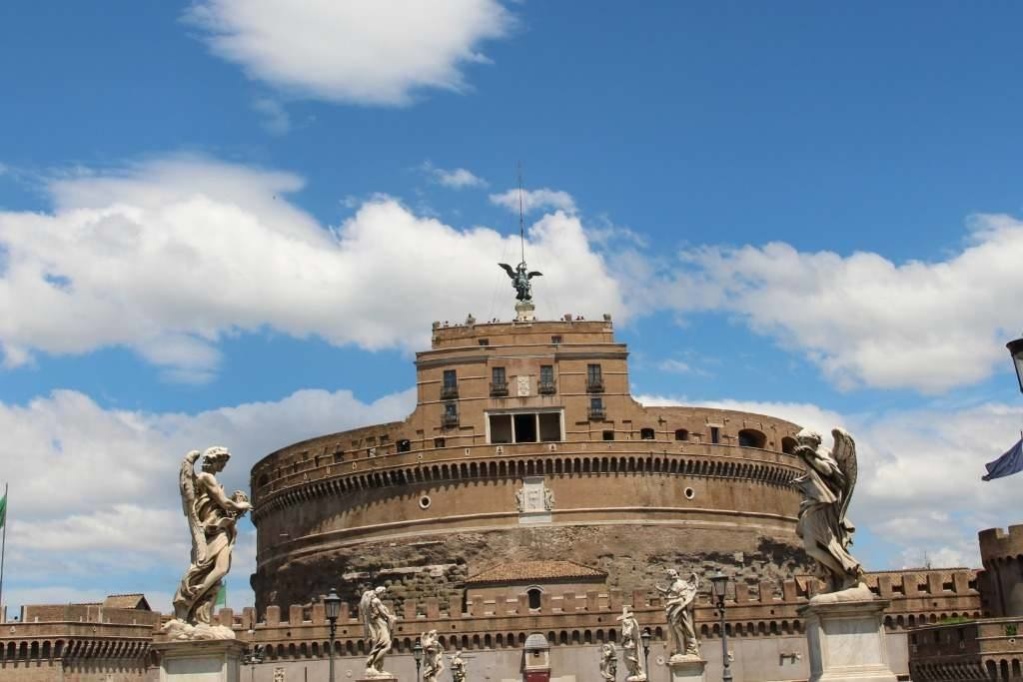
Altare della Patria
The Altare della Patria, also known as the Monumento Nazionale a Vittorio Emanuele II, is a striking landmark located in the heart of Rome. Completed in 1925, this grandiose monument was erected in honor of Victor Emmanuel II, the first king of unified Italy. Dominating the skyline of the city, the Altare della Patria features a colossal white marble structure adorned with statues, columns, and allegorical figures representing unity, freedom, and the virtues of the Italian people. The monument houses the Tomb of the Unknown Soldier, a poignant tribute to the soldiers who lost their lives in World War I. Locally referred to as the “Wedding Cake” due to its ornate design, the Altare della Patria not only serves as a symbol of Italian nationalism and unity but also offers panoramic views of Rome from its terraces, making it a noteworthy destination for both its historical significance and architectural splendor.
Pantheon
The Pantheon, a marvel of ancient Roman engineering and architecture, stands as a timeless testament to the ingenuity of its creators. Commissioned by Marcus Agrippa and later rebuilt by Emperor Hadrian around 126 AD, the Pantheon has served various purposes over the centuries, from a temple dedicated to all gods in the Roman pantheon to a Christian church dedicated to St. Mary and the Martyrs. Its iconic dome, a perfect hemisphere with an oculus at its apex, remains the world’s largest unreinforced concrete dome. The Pantheon’s interior is a symphony of marble, with an impressive dome, Corinthian columns, and a striking array of sculptures and reliefs. The oculus, an opening in the dome, allows sunlight to stream into the majestic interior, creating an ethereal atmosphere. As one of the best-preserved ancient Roman buildings, the Pantheon stands as a marvel that seamlessly blends artistic elegance with engineering prowess, captivating visitors with its rich history and awe-inspiring design.
